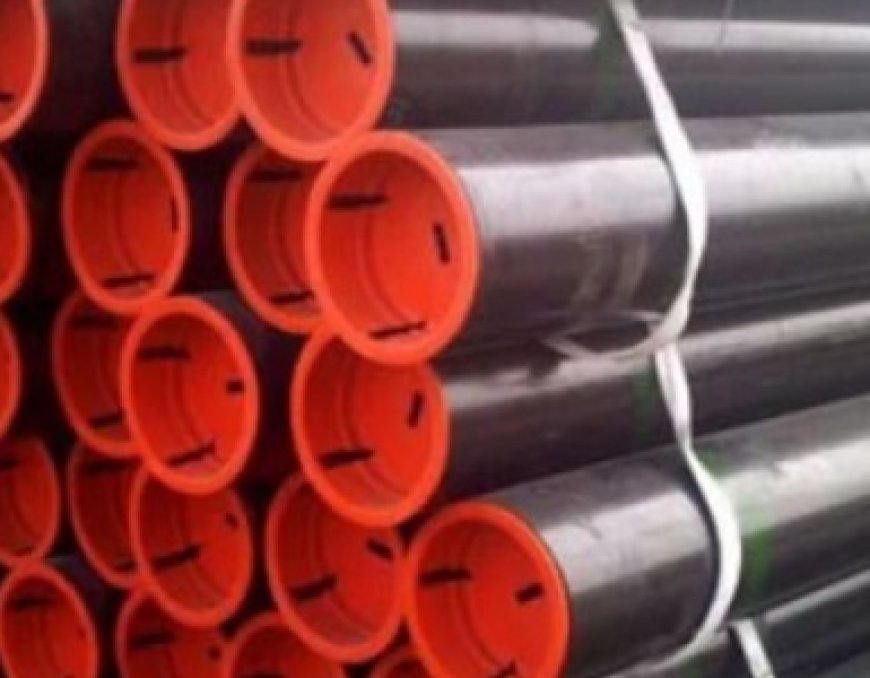Understanding Steel Pipe Pricing: Factors, Trends, and Insights

They are prized for their strength, durability, and ability to withstand high pressure, making them indispensable in several critical applications. However, the price of steel pipe can fluctuate widely depending on various factors such as raw material costs, manufacturing processes, market demand, and regional factors. In this article, we explore the different factors influencing the price of steel pipes, trends in the market, and how buyers can make informed decisions when purchasing steel pipes.
Factors Influencing the Price of Steel Pipes
The price of steel pipes can vary based on a combination of factors.Raw Material Costs: The primary material used in manufacturing steel pipes is steel itself, often sourced from iron ore. Global market conditions, availability, and geopolitical factors can cause fluctuations in raw material prices. For instance, if the global demand for iron ore increases or there is a shortage in supply due to geopolitical events or mining issues, the price of steel and, consequently, steel pipes, will increase.
Manufacturing Process: The method used to manufacture steel pipes also influences their price. Seamless pipes are made from a solid billet and have no welded joints, making them more expensive than welded pipes, which are produced by welding steel plates or sheets together. Seamless pipes are generally preferred for high-pressure applications, but the additional strength and quality come at a higher cost.
Pipe Specifications: Steel pipes come in various sizes, grades, and thicknesses, all of which affect their price. For instance, thicker pipes or pipes with larger diameters require more material and time to manufacture, resulting in higher costs. Additionally, pipes made from high-grade steel, such as stainless steel or alloy steel, tend to be more expensive than those made from mild steel due to the superior corrosion resistance and strength properties of the former.
Energy and Transportation Costs: Energy prices, including electricity and fuel, are another significant factor in steel production. Manufacturing steel is energy-intensive, and fluctuations in energy costs directly impact the price of steel pipes. Transportation costs are also important, as steel pipes are bulky and heavy. Regions with higher fuel prices or less developed logistics infrastructure may see higher transportation costs, which can drive up the final price of steel pipes.
Market Demand and Supply: Like many commodities, steel pipe prices are influenced by supply and demand dynamics. When the demand for construction, infrastructure, or industrial projects increases, the demand for steel pipes rises, often leading to higher prices. Conversely, when market demand drops,.
Currency Exchange Rates: Many steel producers rely on importing raw materials or exporting finished steel pipes to international markets. Currency exchange rates can play a role in determining the price of steel pipes, especially for companies involved in global trade. A stronger currency may result in lower import costs, while a weaker currency could drive up the price of imported raw materials or reduce export competitiveness, thereby influencing the pricing of steel pipes in the domestic market.
Current Market Trends in Steel Pipe Pricing
The global steel market has experienced several shifts in recent years due to a variety of factors, including supply chain disruptions, changes in energy prices, and economic policies. In recent times, steel pipe prices have seen volatility as a result of:
Post-Pandemic Recovery: The construction and manufacturing sectors, both of which heavily rely on steel pipes, have experienced a recovery following the COVID-19 pandemic. As these industries ramp up production, there has been an increase in demand for steel pipes, contributing to higher prices. This has been further driven by supply chain disruptions, which caused delays in the availability of raw materials.
Inflation and Rising Costs: Inflationary pressures have impacted the cost of raw materials, energy, and labor, leading to higher production costs for steel pipes. Additionally, the increased demand for steel in emerging markets has further pushed prices upward. With rising construction activity in countries like India, China, and other developing economies, the demand for steel pipes is expected to remain strong, which may keep prices elevated.
Sustainability and Environmental Policies: Increasing emphasis on sustainability and environmental responsibility has led steel manufacturers to adopt more eco-friendly production processes. While this is a positive development, investments in cleaner technologies and energy-efficient manufacturing methods can drive up the costs of production. As a result, steel pipes made from eco-friendly processes may come at a premium price, particularly in regions with stringent environmental regulations.
How to Navigate Steel Pipe Prices: Tips for Buyers
Understanding the factors that influence steel pipe prices can help buyers make informed decisions and optimize their purchasing strategies. Here are some tips to consider:
Compare Prices Across Regions: Since regional factors, including transportation and local taxes, can impact steel pipe prices, it’s wise to compare prices across different regions. If you’re located near a major steel-producing area, you may be able to secure lower prices due to reduced transportation costs.
Bulk Purchasing: Many suppliers offer discounts for bulk purchases, making it a cost-effective strategy for larger projects.
Conclusion
Understanding these factors is essential for buyers looking to secure the best prices for their projects. As steel pipe demand continues to grow in key sectors like construction, oil and gas, and infrastructure, staying informed about market trends can help buyers navigate the dynamic pricing environment. For the best deals on steel pipes and other high-quality construction materials, visit SteelonCall at steeloncall.com or call 08062212000 for inquiries and orders.

 Kalyahnn
Kalyahnn